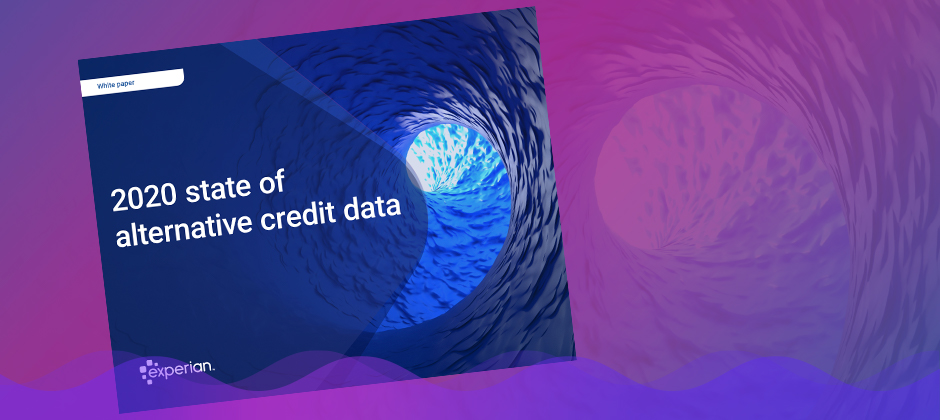 This is an exciting time to work in big data analytics. Here at Experian, we have more than 2 petabytes of data in the United States alone. In the past few years, because of high data volume, more computing power and the availability of open-source code algorithms, my colleagues and I have watched excitedly as more and more companies are getting into machine learning. We’ve observed the growth of competition sites like Kaggle, open-source code sharing sites like GitHub and various machine learning (ML) data repositories.
This is an exciting time to work in big data analytics. Here at Experian, we have more than 2 petabytes of data in the United States alone. In the past few years, because of high data volume, more computing power and the availability of open-source code algorithms, my colleagues and I have watched excitedly as more and more companies are getting into machine learning. We’ve observed the growth of competition sites like Kaggle, open-source code sharing sites like GitHub and various machine learning (ML) data repositories.
We’ve noticed that on Kaggle, two algorithms win over and over at supervised learning competitions:
- If the data is well-structured, teams that use Gradient Boosting Machines (GBM) seem to win.
- For unstructured data, teams that use neural networks win pretty often.
Modeling is both an art and a science. Those winning teams tend to be good at what the machine learning people call feature generation and what we credit scoring people called attribute generation. We have nearly 1,000 expert data scientists in more than 12 countries, many of whom are experts in traditional consumer risk models — techniques such as linear regression, logistic regression, survival analysis, CART (classification and regression trees) and CHAID analysis. So naturally I’ve thought about how GBM could apply in our world.
Credit scoring is not quite like a machine learning contest. We have to be sure our decisions are fair and explainable and that any scoring algorithm will generalize to new customer populations and stay stable over time. Increasingly, clients are sending us their data to see what we could do with newer machine learning techniques. We combine their data with our bureau data and even third-party data, we use our world-class attributes and develop custom attributes, and we see what comes out. It’s fun — like getting paid to enter a Kaggle competition! For one financial institution, GBM armed with our patented attributes found a nearly 5 percent lift in KS when compared with traditional statistics.
At Experian, we use Extreme Gradient Boosting (XGBoost) implementation of GBM that, out of the box, has regularization features we use to prevent overfitting. But it’s missing some features that we and our clients count on in risk scoring. Our Experian DataLabs team worked with our Decision Analytics team to figure out how to make it work in the real world. We found answers for a couple of important issues:
- Monotonicity — Risk managers count on the ability to impose what we call monotonicity. In application scoring, applications with better attribute values should score as lower risk than applications with worse values. For example, if consumer Adrienne has fewer delinquent accounts on her credit report than consumer Bill, all other things being equal, Adrienne’s machine learning score should indicate lower risk than Bill’s score.
- Explainability — We were able to adapt a fairly standard “Adverse Action” methodology from logistic regression to work with GBM.
There has been enough enthusiasm around our results that we’ve just turned it into a standard benchmarking service. We help clients appreciate the potential for these new machine learning algorithms by evaluating them on their own data. Over time, the acceptance and use of machine learning techniques will become commonplace among model developers as well as internal validation groups and regulators.
Whether you’re a data scientist looking for a cool place to work or a risk manager who wants help evaluating the latest techniques, check out our weekly data science video chats and podcasts.



